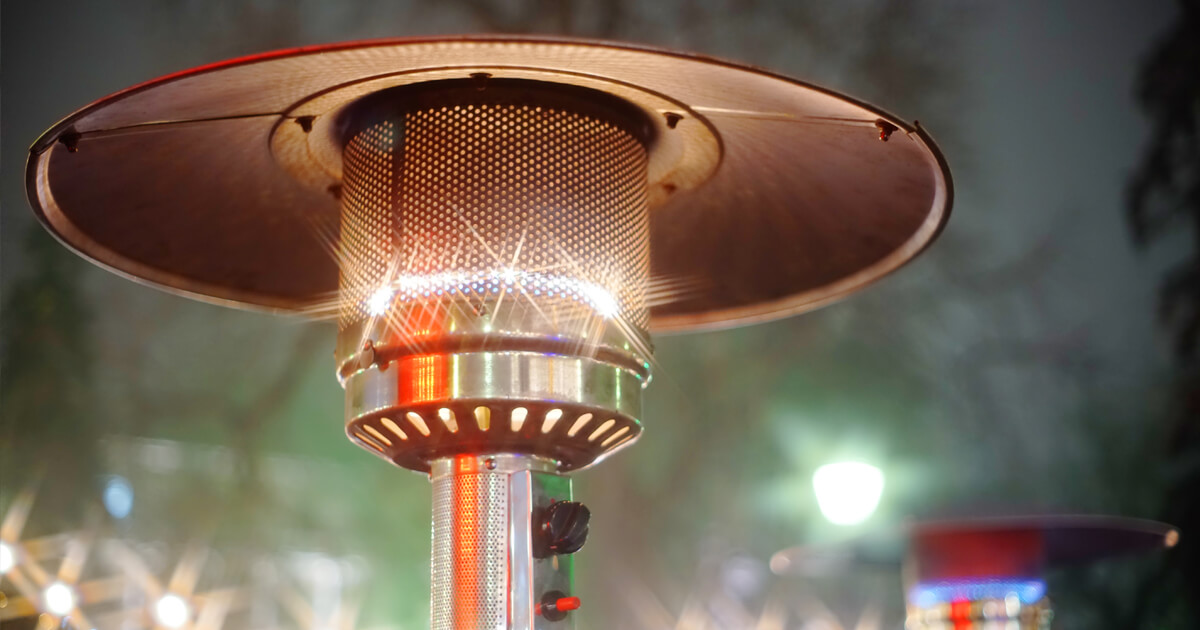Key Risks
Best Practices for Managing Risks
- Select electric heaters that have been listed by a qualified electrical testing laboratory.
- Follow the product manufacturer’s instructions on proper clearance, installation and wiring procedures.
- Place electric heaters in areas where they cannot be easily overturned and at least 3 feet from anything that could burn.
- Set up electric heaters in a way that allows them to be plugged directly into appropriate power receptacles whenever possible. If extension cords must be used:
- Confirm they possess sufficient current capacity.
- Plug them directly into approved power receptacles, taps or multiplug adapters.
- Make sure that each cord serves just one heater at a time and is properly grounded.
- Don’t use spliced, deteriorated or otherwise damaged cords.
- Refrain from using multiplug adapters or extension cords in place of permanent wiring.
- Avoid affixing extension cords and flexible cords to structures; extending them through walls, ceilings, floors, or under doors or floor coverings; and subjecting them to environmental or physical damage.
- Unplug electric heaters when they aren’t in use.
Here are some key NFPA recommendations regarding propane heaters:
- Select propane heaters that have been listed by an organization deemed acceptable to the authority having jurisdiction.
- Follow the product manufacturer’s instructions on proper clearance, ventilation, lighting, shutdown and storage procedures.
- Have a qualified individual conduct the installation, modification and maintenance of fixed liquid propane systems for propane heaters.
- Don’t use propane heaters in enclosed spaces, such as covered patios, decks or tents.
- Set up propane heaters based on commercial property occupancy guidelines. For example, in assembly occupancies—spaces holding 50 or more people—propane heaters must be at least 5 feet from designated exits. Similar to electric heaters, propane heaters must also be placed in areas where they cannot be easily overturned and at least 3 feet from anything that could burn.
- Keep the hoses for propane heaters as short as possible, clearly visible and protected against potential damage.
- Store the cylinders for propane heaters in a safe, well-ventilated and secure location, away from any ignition sources. This location should offer adequate protection against physical damage, tampering and exposure to extreme temperature fluctuations. Always store cylinders upright with the valve facing upward. Never store them in a building or on the roof of a building. When storing cylinders outdoors, place them:
- At least 5 feet away from any doorway or opening in a building frequented by others where occupants have two or more means of egress
- At least 10 feet away from any doorway, opening in a building or section of a building that has just one means of egress
- At least 20 feet away from any vehicle service station fuel dispenser
- Switch off propane heaters when they aren’t in use.
Additional Safety Considerations
- Never use outdoor heaters if they appear damaged.
- Position outdoor heaters on flat and stable surfaces. Secure them in place using any provided devices or materials, such as tie-down straps, stakes, sandbags, water reservoirs or concrete blocks.
- Don’t place outdoor heaters or any of their components (e.g., power cords) near walkways or other areas with heavy foot traffic.
- Avoid plugging in or lighting outdoor heaters if you smell smoke or gas.
- Adjust the control knobs on outdoor heaters carefully to avoid overworking the appliances. Aim for slow and gradual adjustments rather than sudden and extreme fluctuations.
- Unplug or switch off outdoor heaters (and disconnect the gas, if applicable) and give them time to cool down before moving them. Never touch their burners or reflectors while they are turned on.
- Follow workplace emergency response procedures if a fire breaks out from an outdoor heater. Depending on the size of the fire, this may entail using a designated extinguisher to put out the flames or evacuating the area and contacting the local fire department for further assistance.








